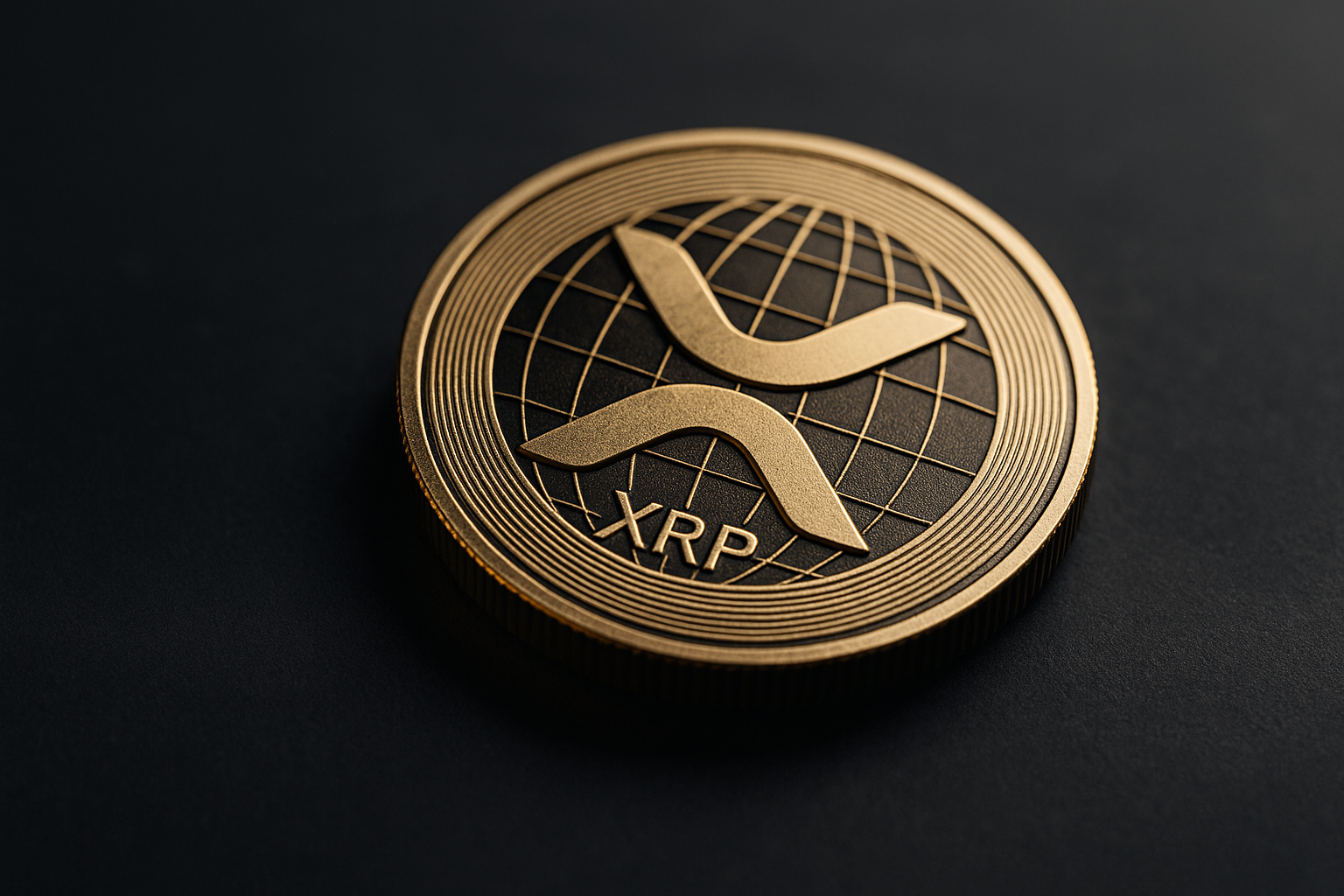Polygon, a well-known network in the cryptocurrency world, has officially started moving its native token, MATIC, to a new token called POL.
This shift is a significant part of Polygon’s larger plan to improve its system, known as the Polygon 2.0 roadmap.
The new POL token will take over as the main token used for transactions and staking on the Polygon network, replacing MATIC.
What it matters?
The introduction of POL isn’t just about changing the name of the token—it’s a key part of Polygon’s strategy to make its network more efficient and scalable.
POL will be central to Polygon’s goal of transforming into a zero-knowledge (ZK) chain, a technology that enhances privacy and efficiency.
Additionally, POL will be integrated with AggLayer, a system designed to bring together liquidity and state from different blockchain networks into one place.
POL will inherit the same basic rules as MATIC. For example, the total supply of POL will remain at 10 billion tokens.
The initial exchange rate for converting MATIC to POL is set at a 1:1 ratio. Over the next ten years, the number of POL tokens will increase by 2% each year.
This gradual increase is aimed at encouraging growth and ensuring that those who help maintain the network, known as validators, continue to be rewarded.
How the migration works?
For those who hold MATIC on Polygon’s Proof-of-Stake (PoS) chain, the transition to POL will happen automatically.
This means users don’t need to take any action; their MATIC tokens will be converted to POL without any effort on their part.
However, if someone holds MATIC on other platforms, like the Ethereum network or Polygon’s zkEVM Layer-2 network, they will need to manually convert their tokens.
This can be done using the Polygon Portal Interface or by moving their tokens to Ethereum.
Currently, there is no deadline for completing this conversion, but Polygon has mentioned that they might set a deadline in the future.
This migration is a critical step in Polygon’s plan to make POL the main asset across all of its chains and platforms.
In the future, POL will not only be used for transactions and staking but will also play a role in more advanced functions like block production and generating zero-knowledge proofs.
POL will also be involved in Data Availability Committees (DACs), which help keep the network secure and efficient.
Market impact
The switch from MATIC to POL is happening at a time when the market for Polygon’s tokens has been unstable.
Recently, the price of MATIC has been falling, with a significant drop to $0.4033. This decline includes a 0.7% decrease in just 24 hours and an 18% drop over the past week. These price drops are part of a larger trend of negativity in the cryptocurrency market.
POL, the new token, has also seen a slight decrease in value, trading at $0.4066 after a small 0.3% drop in the last 24 hours.
Despite this, trading volumes for POL have increased, suggesting that investors are actively watching this transition.
For now, it’s important for MATIC to hold above the $0.4 support level to avoid further declines.
If it can stay above this level, the next key price point to watch is $0.60. If MATIC breaks above this resistance level, it could trigger a price rally.
Despite these price challenges, Polygon remains one of the leading networks in the Ethereum Layer-2 space, with a market capitalisation of $3.7 billion.
The network’s total value locked (TVL), which measures the total value of assets held within the network, is $877.92 million.
Additionally, the market capitalisation of stablecoins on Polygon is $2.03 billion, showing that there is still a lot of activity on the platform.
The network also continues to see strong user engagement, with 678,653 active addresses recorded in the last 24 hours.
As Polygon continues to evolve, the successful integration of POL across its various platforms will be essential.
In 2025, Polygon plans to launch a staking hub where POL will play a crucial role. This hub will further solidify POL’s importance in ensuring the security, scalability, and overall growth of the Polygon network.

